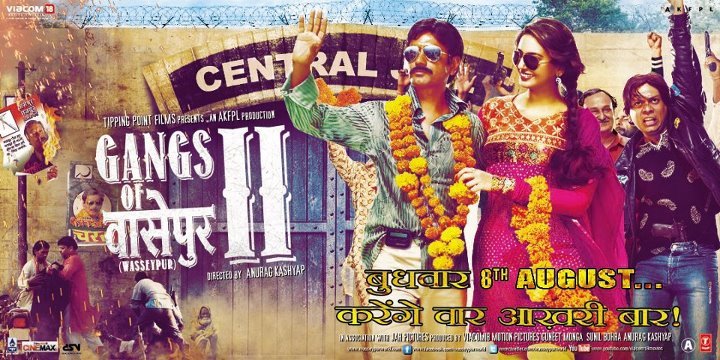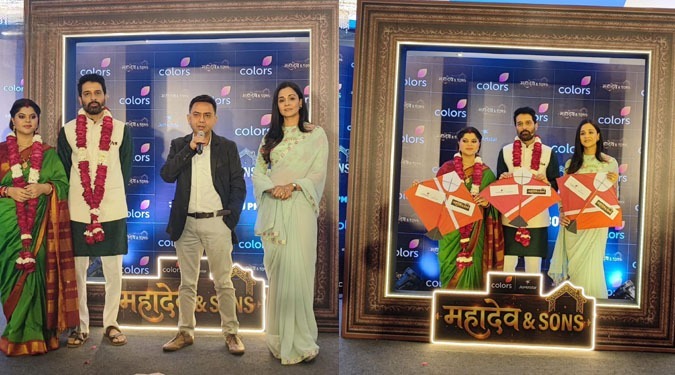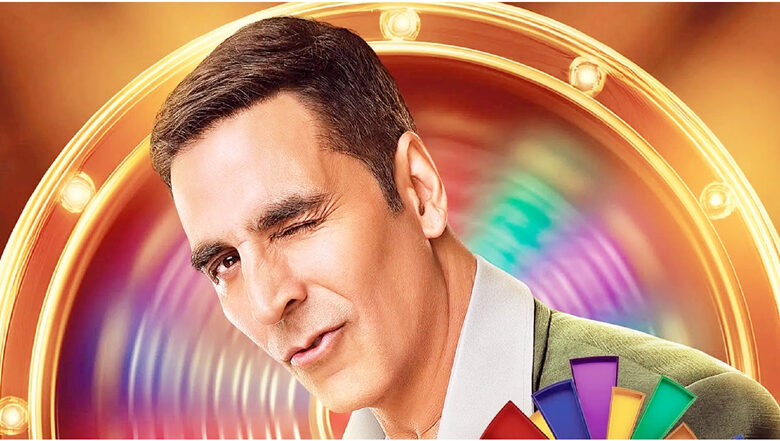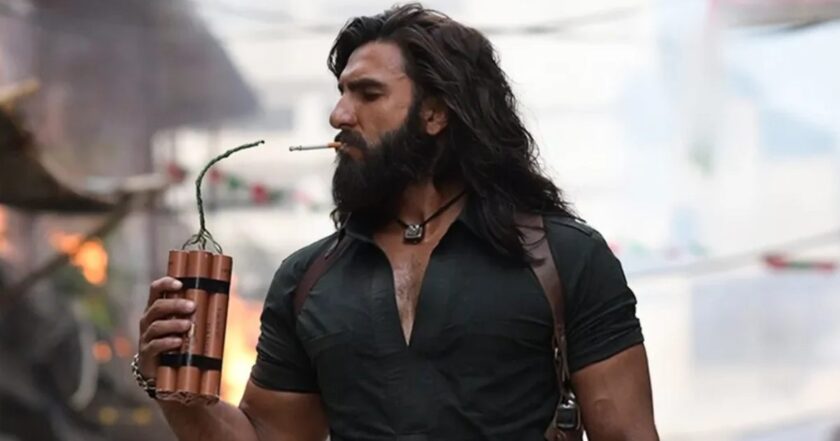Mumbai: The trend of gangster films in Bollywood has evolved significantly over the decades, reflecting changes in societal attitudes, cinematic styles, and narrative approaches. Here’s an overview of the key phases and characteristics of this genre in Bollywood:
1. The Rise of Angry Young Man (1970s-1980s)
- Amitabh Bachchan’s Era: This period saw the emergence of the “angry young man” archetype with films like “Deewaar” (1975) and “Don” (1978). These films were often centered around themes of revenge, justice, and the fight against corruption.
- Socio-Political Commentary: The films of this era often reflected the socio-political unrest of the time, with protagonists who were rebels against a corrupt system.
2. The Underworld and Realism (1990s-2000s)
- Real-life Inspirations: Movies like “Satya” (1998) and “Company” (2002), directed by Ram Gopal Varma, brought a new wave of realism to gangster films. These films were inspired by real-life underworld figures and events, focusing on the gritty, dark aspects of crime.
- Critical Acclaim: “Satya” is particularly noted for its raw depiction of the Mumbai underworld, and it is credited with pioneering a more realistic and gritty style of filmmaking in Bollywood.
3. Modern and Neo-Noir (2010s-Present)
- Pioneering Films: Early examples like “Gangs of Wasseypur” laid the groundwork for the gangster genre in Indian cinema.
- Crime Thrillers: Films like “Johnny Gaddaar” and “Manorama Six Feet Under” brought in a wave of sophisticated storytelling with complex characters. There were other films like D Day and Once Upon a Time in Mumbai.
- Complex Narratives: Films like “Gangs of Wasseypur” (2012), directed by Anurag Kashyap, expanded the genre with multi-generational sagas, complex narratives, and dark humor. This film, in particular, received international acclaim and set a new benchmark for storytelling in the genre.
- Diverse Themes: Recent gangster films have explored a variety of themes, including politics, caste dynamics, and personal vendettas, often with a more nuanced and layered approach. Examples include “Sacred Games” (2018), a web series that delves into the underbelly of Mumbai’s crime world with a mix of mythology and modern-day politics.
Key Elements and Trends
- Authenticity and Realism: There’s a noticeable shift towards more realistic portrayals of gangsters, with attention to detail and authenticity in the depiction of crime and its consequences.
- Strong Characterization: Modern gangster films often feature well-developed characters with complex motivations, moving away from the black-and-white morality of earlier films.
- Technical Brilliance: Advances in filmmaking technology have allowed for more sophisticated cinematography, editing, and sound design, enhancing the overall impact of these films.
- Global Influence: Bollywood gangster films have increasingly drawn inspiration from global cinema, incorporating elements of neo-noir, thriller, and drama from Western films and television series.
Impact and Legacy
- The genre has had a significant impact on Bollywood, influencing not only other crime and thriller films but also mainstream cinema. The critical and commercial success of gangster films has paved the way for more experimental and bold storytelling in Indian cinema.
- Cultural Reflection: These films often mirror the socio-economic conditions and issues of their times, making them a potent medium for social commentary.
In summary, the trend of gangster films in Bollywood has moved from stylized, revenge-driven narratives to more complex, realistic, and nuanced portrayals of crime and its multifaceted impact on society. This evolution reflects broader changes in Indian cinema and society, making the genre both a mirror and a molder of cultural and cinematic trends.


---------------------------------------------------------------------------------------------------














